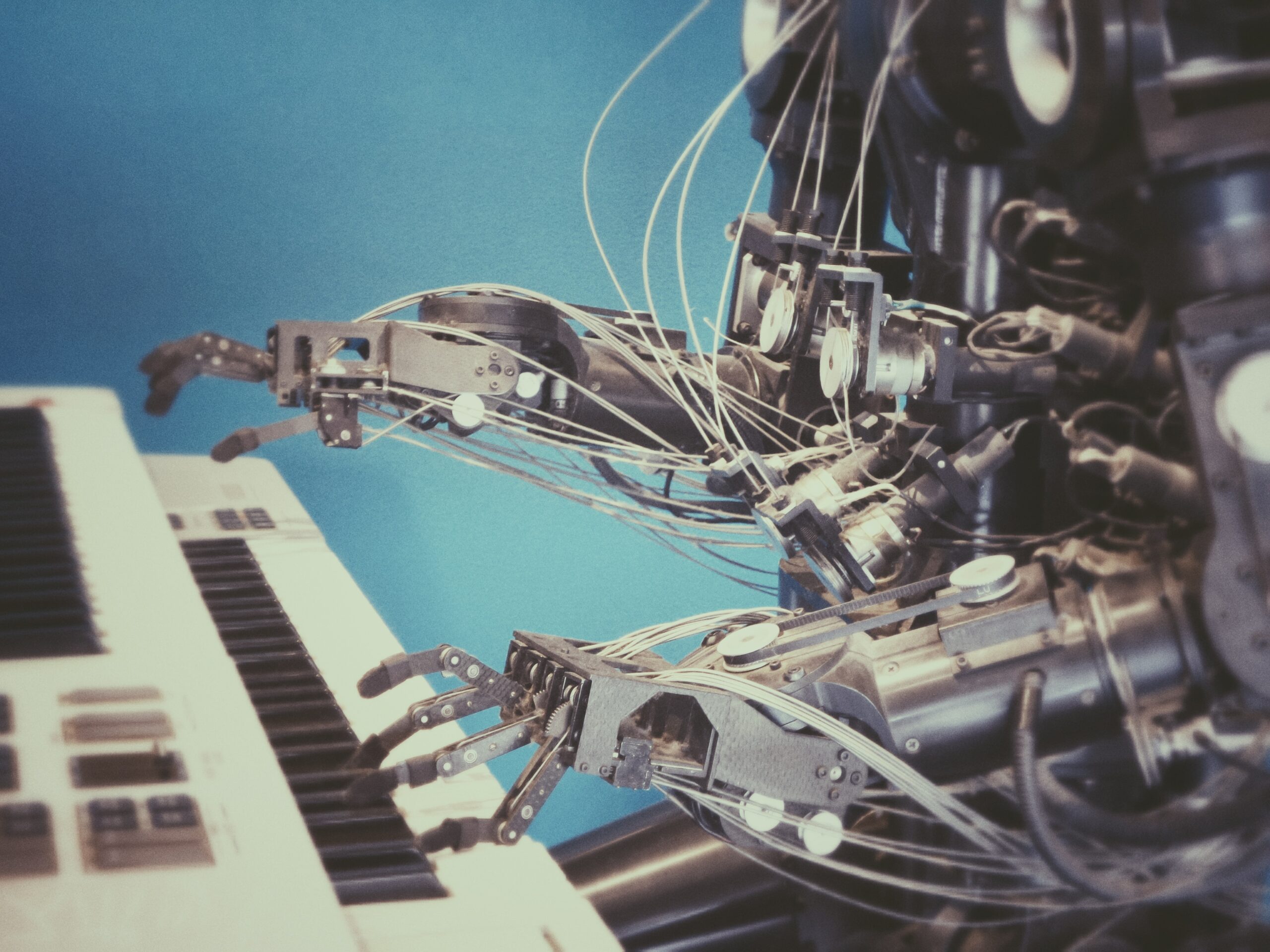Many people are unaware that the origin of artificial intelligence dates back to the mid-19th century, when the mathematician George Boole argued that logical reasoning could be systematized through a mathematical language. 80 years later, Alan Turing defined the concept of algorithm, but it was not until 1950 that John McCarthy coined the term "artificial intelligence" for the first time, laying the foundations for this technology. In 1997, the world was stunned when the Deep Blue supercomputer, created by IBM, beat chess master Gary Kasparov. The machines achieved an amazing milestone and a future full of possibilities automatically opened up.
Currently, artificial intelligence is in our day to day. Something that is revealed by Sandra Ezquerra and Manuel Calleja, Sales Managers of RTB House Spain, and that reveals to us some of the most outstanding aspects related to the future of Artificial Intelligence and Advertising.
It is clear that not all machines contain the same technology and two fundamental types of AI should be highlighted: machine learning, which uses statistical methods so that machines improve with experience with preprogrammed patterns, such as virtual assistants; and deep learning, a much more advanced technology that learns patterns by itself without the need for programming and human intervention, such as self-driving cars or smart navigation applications that report traffic flow in real time. To be aware of the enormous leap that this represents, its ability to perform intelligent operations per second is 2,500 times more powerful than machine learning.
AI is completely transforming industrial activity and is being applied to multiple sectors with remarkable results.
One of the most benefited is the advertising sector, which is looking for new ways to reach its audiences more precisely. Deep learning allows content to be personalized according to consumer habits -70% of users consider it important that the ads are related to the content they consume-, but it also segments them according to the weather, the time of day or the type of navigation of each Internet user -if, for example, you are visiting a website without a specific objective or you click on a specific product.
Thus, by achieving a more precise segmentation related to consumer tastes, we achieve advertising that is less intrusive, friendlier and, ultimately, more adapted to people's needs; advertising that not only benefits brands, but also consumers.
AI also allows us to immediately analyze the data that contributes to the development of successful advertising campaigns. Not only does it reduce management times exponentially, but it also allows you to analyze information that was previously not possible to process. For example, you can examine millions of keywords in different languages around the world and make decisions in seconds based on hundreds of variables.
Deep learning has multiple advantages in digital advertising. For example, it speeds up creative and planning processes, optimizing campaigns, reducing costs and increasing the profitability of brands. In this way, it helps marketers generate new ideas and develop more authentic campaigns. In addition, it will be a key technology for the future cookieless landscape in 2023. AI will determine many more predictive models and search patterns that will be necessary to operate in this new context.
Can AI create the perfect ad?
There is still a long way to go, but there are already examples of great advertisements that have used this technology, such as the multi-award-winning campaign Con Much Accent, carried out by Cruzcampo. We don't know if AI will ever replicate human behavior, but it is clear that its advances in intelligent calculations and predictive models are spectacular. Possibly, it is one of the most disruptive discoveries in history, comparable to the domain of fire, the printing press or combustion engines. This has only just begun and we are only seeing the tip of the iceberg.



